Cats and humans have shared a remarkable relationship for thousands of years, not only as companions but also as intuitive caregivers. Many cat owners have marveled at their pets’ ability to sense when they aren’t feeling well. This intriguing behavior raises the question: Can cats truly detect illness in humans? Let’s explore the science and observations behind this fascinating phenomenon.
Understanding a Cat’s Senses

Photo by Nataliya Vaitkevich via Pexels
To appreciate how cats might detect human illness, it’s essential to first understand the impressive range of their senses. Cats possess heightened senses of smell, sight, hearing, and touch. Each of these plays a crucial role in their interactions with the world, and they may contribute significantly to their ability to perceive changes in human health.
The Role of Scent
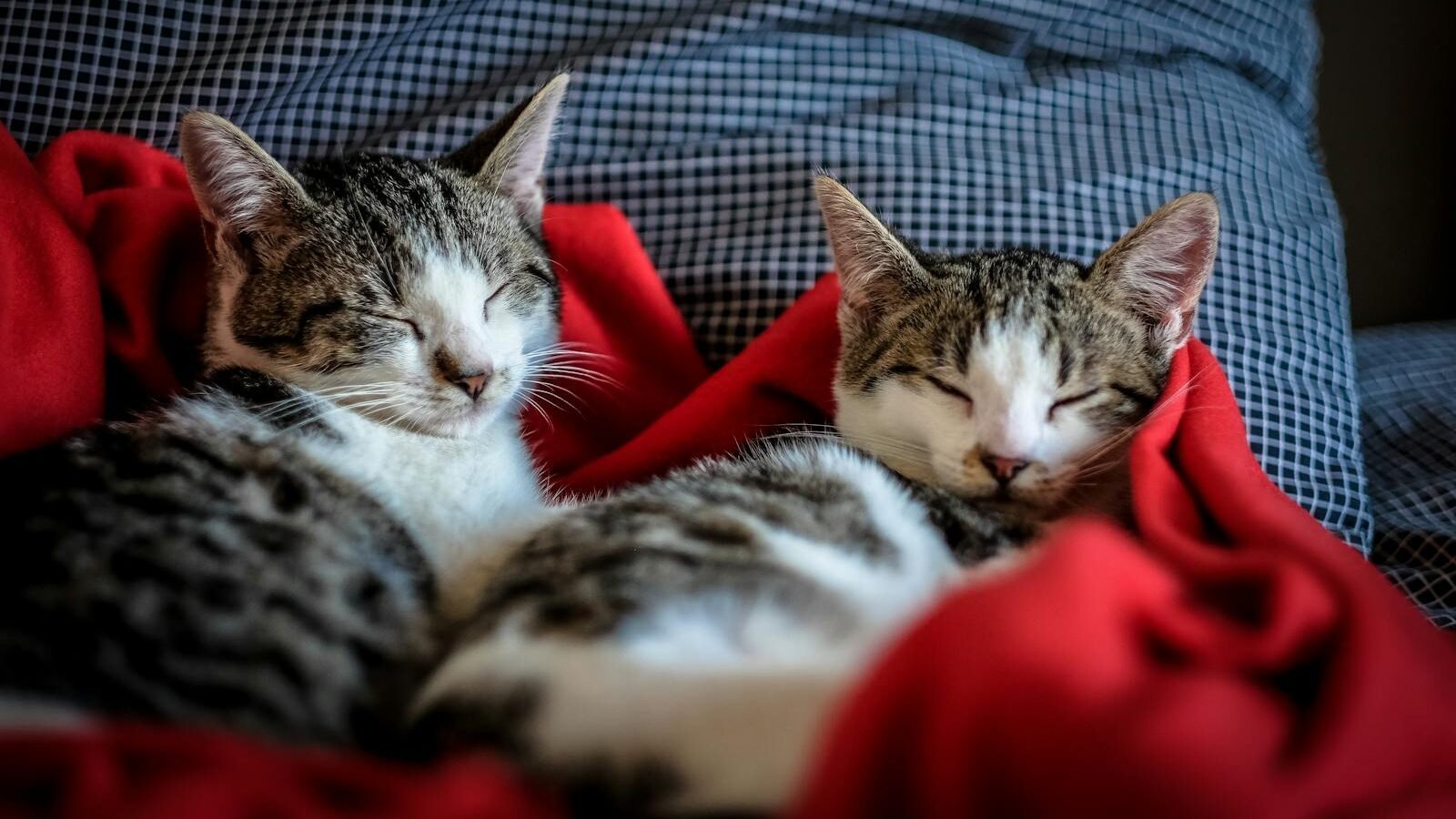
Photo by Francesco Ungaro via Pexels
Cats have an extraordinary sense of smell, estimated to be 14 times as sensitive as that of humans. This acute olfactory ability allows them to detect pheromones and subtle changes in odor that might not be noticeable to us. Illness in humans can lead to alterations in body odor, due to chemical changes at the cellular level, which cats might be able to detect.
Can Cats Hear Illness?
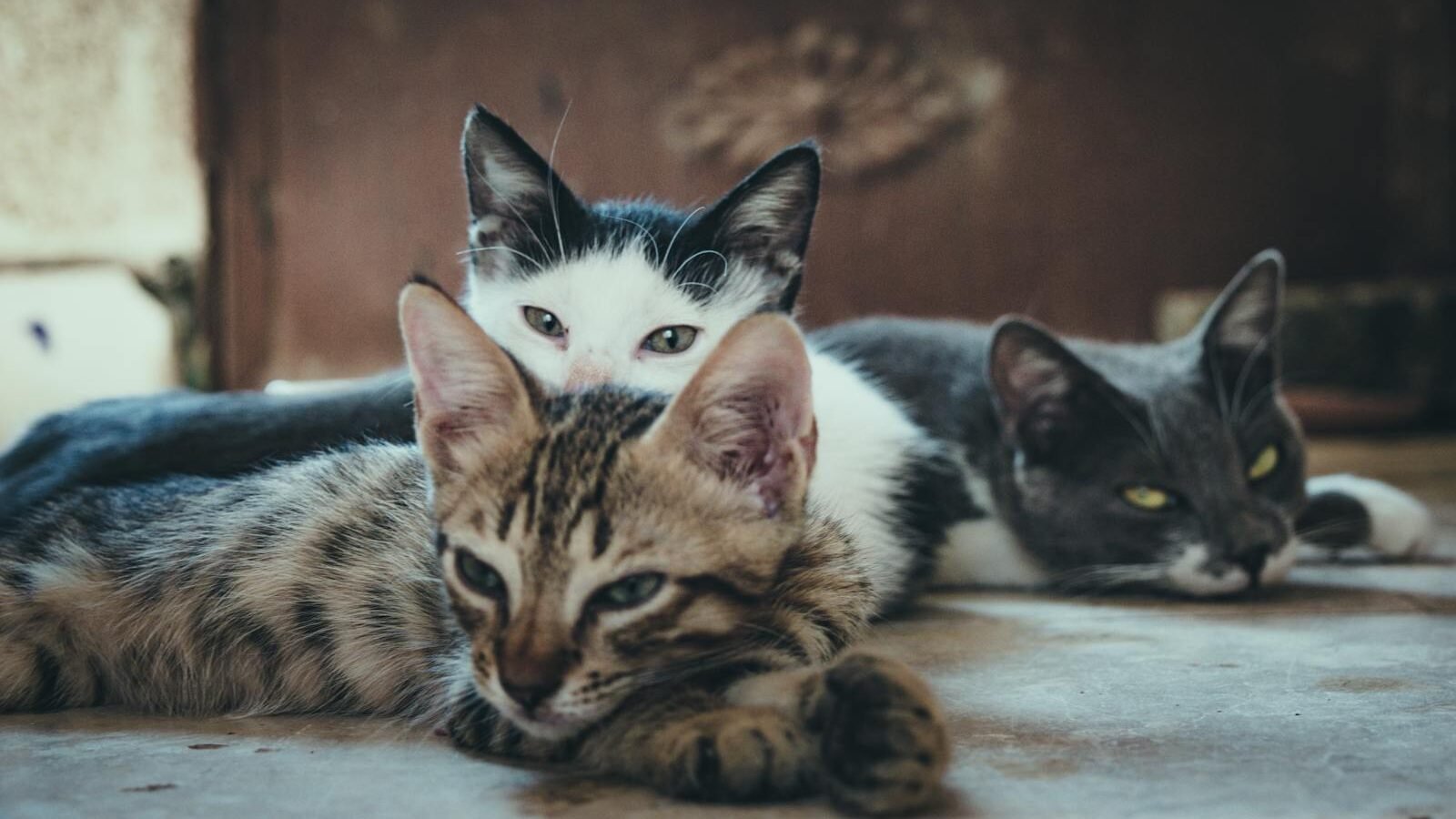
Photo by Mustafa ezz via Pexels
Cats’ hearing is also remarkable, with the ability to detect frequencies from 48 Hz up to 85 kHz. This keen auditory perception might allow them to hear physiological changes, such as differences in respiratory functions or heart rhythms, which could indicate illness.
The Power of Observation: Behavioral Changes
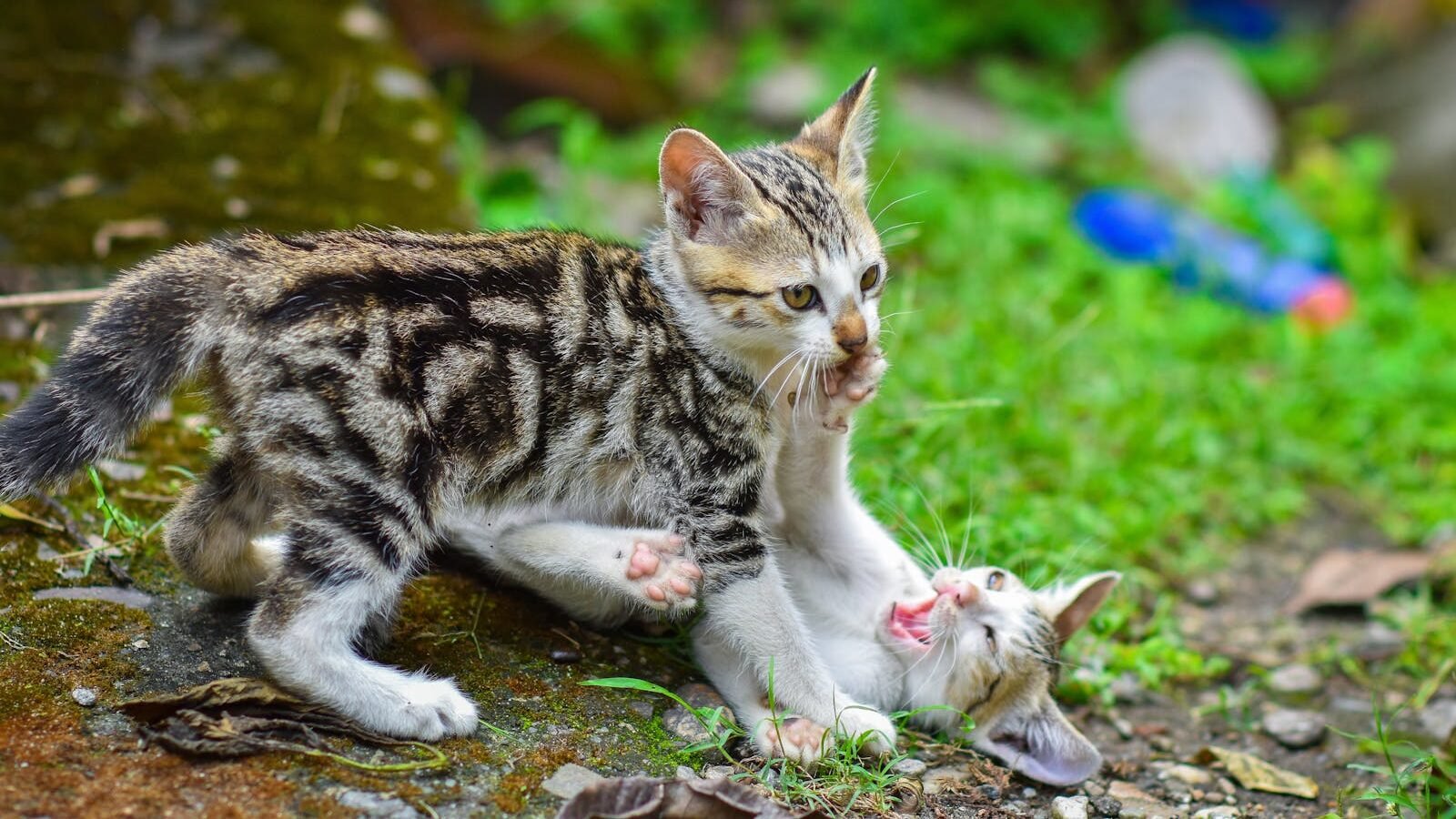
Photo by Pushkar Sarkar via Pexels
Cats are highly observant creatures that pay close attention to their environment, including their human companions. They can detect emotional and physical changes in their owners through changes in routine, behavior, and vocal tone. If a person moves slowly, speaks differently, or shows distress, a cat may notice these cues and respond accordingly.
Empathy or Instinct?
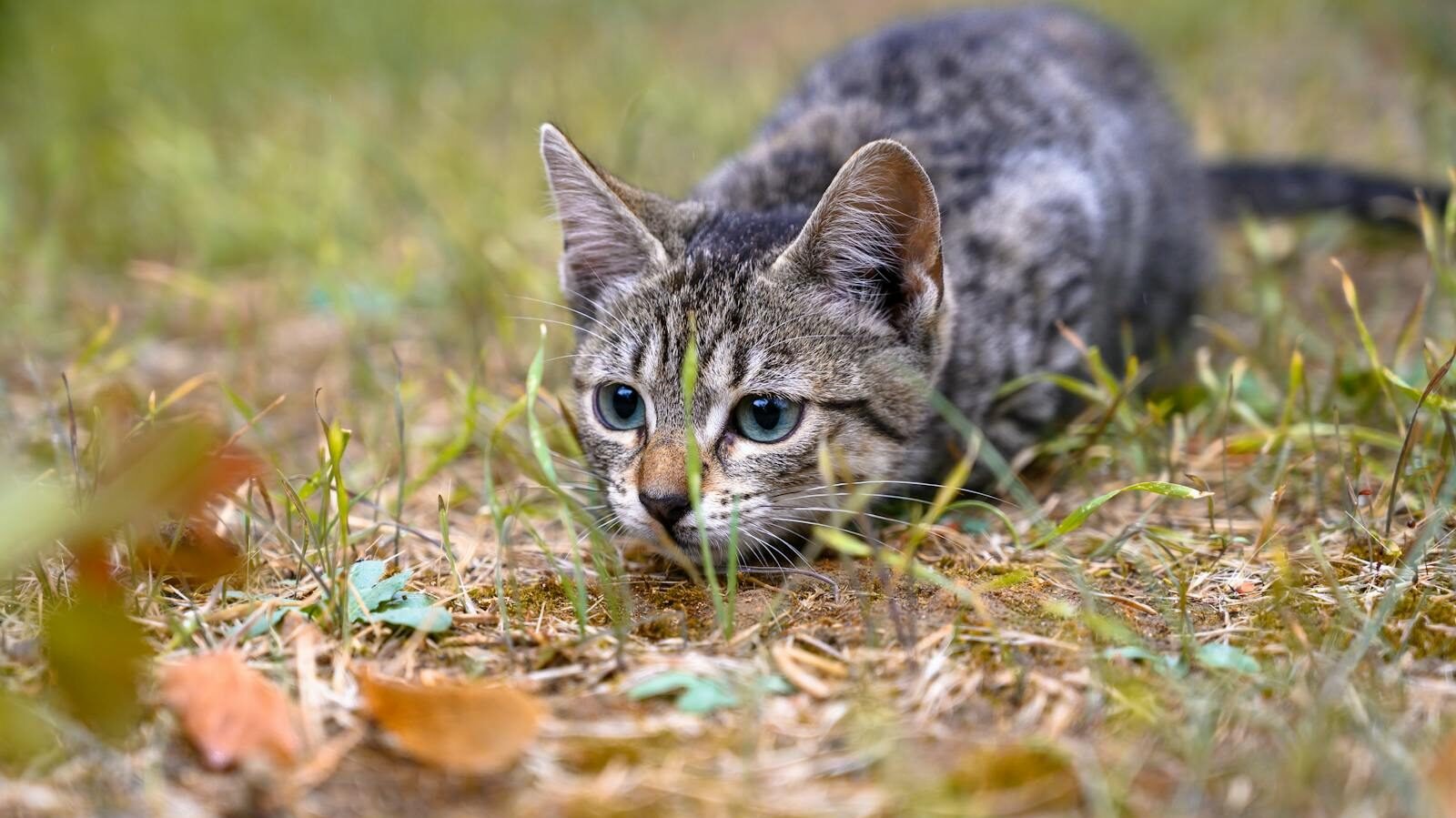
Photo by Claudio Herrera via Pexels
While some suggest that cats’ responses to human illness might be a form of empathy, others believe it could be instinctual. Cats may have developed this behavior as a survival mechanism, as maintaining a close relationship with their human increases their chances of receiving care, shelter, and food.
Scientific Evidence and Studies
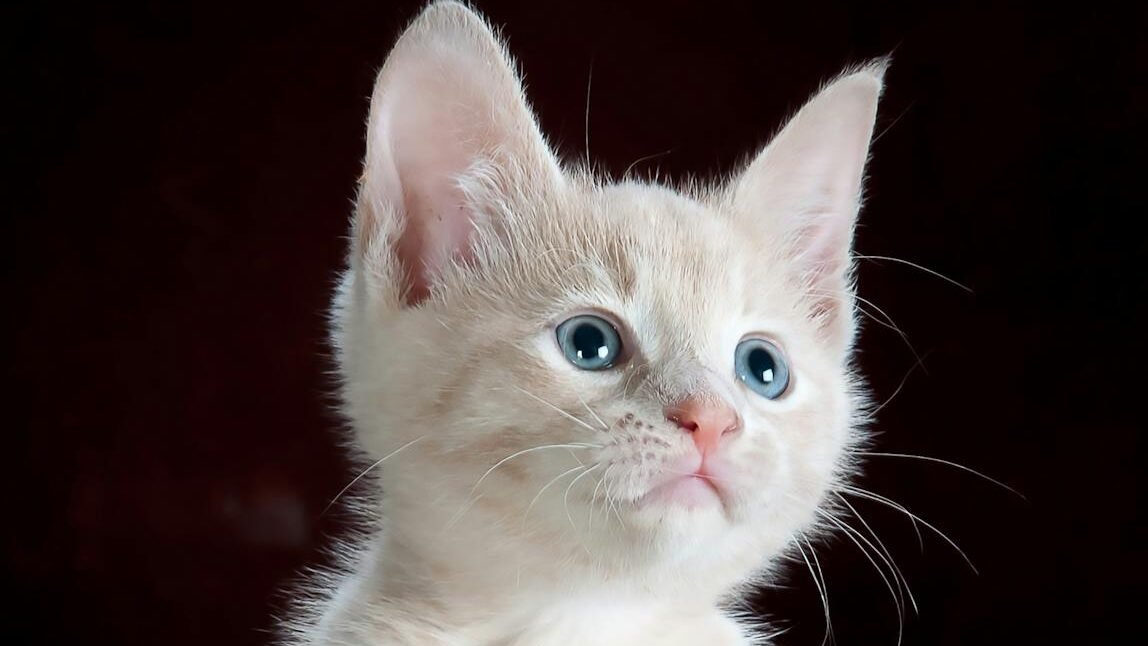
Despite numerous anecdotal accounts of cats sensing human illness, scientific studies in this area are limited. However, some research has been conducted on animal behavior in relation to human illness, such as dogs detecting cancer, which supports the idea that pets may recognize certain health conditions. Research into feline abilities remains a developing field.
The Impact of a Cat’s Care
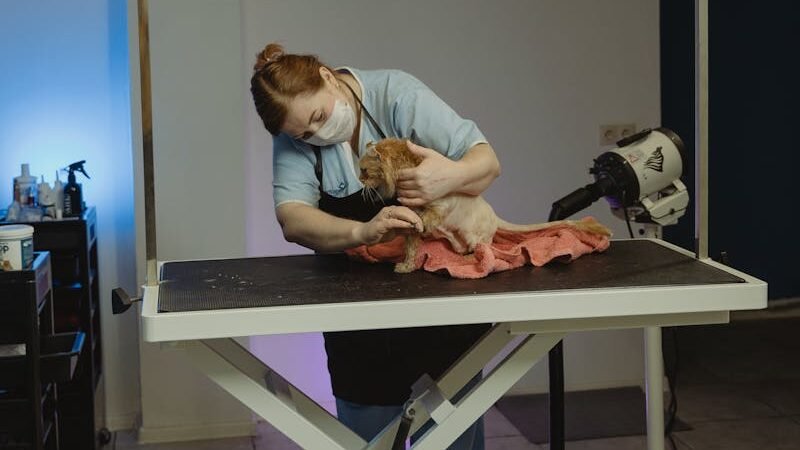
Photo by Tima Miroshnichenk via Pexels
Many cat owners report that their pets seek closer contact when they are unwell, providing comfort through purring, warmth, and presence. While this behavior is comforting, it can also have therapeutic benefits. The vibrations from a cat’s purr have been shown to promote healing, reduce stress, and alleviate pain.
How to Interpret Your Cat’s Signals
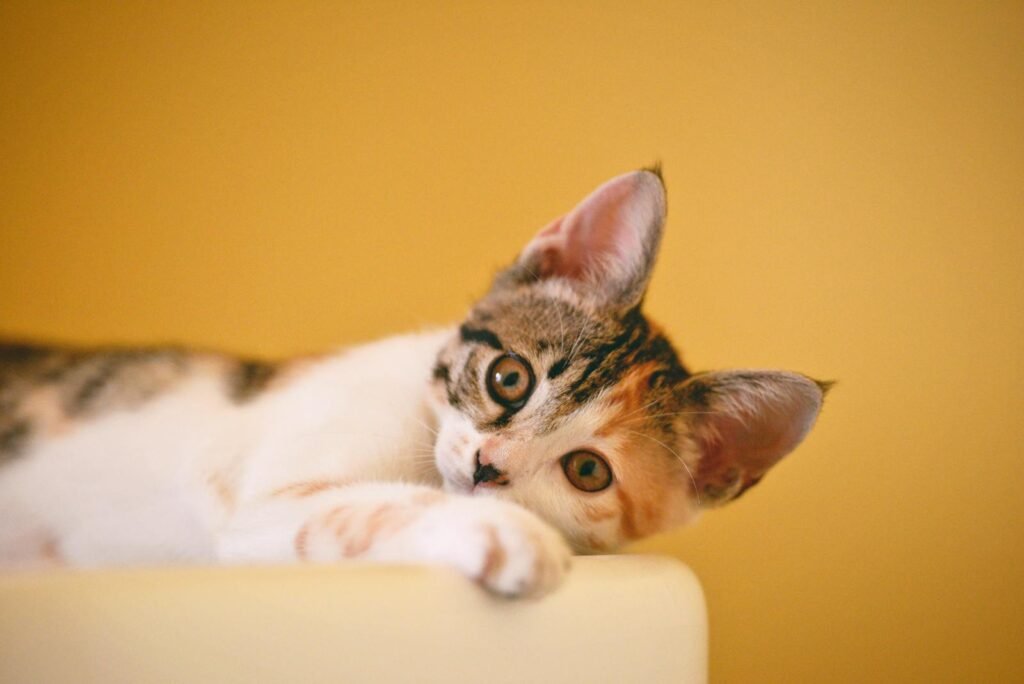
Photo by Cong H via Pexels
If a cat consistently shows unusual interest or changes behavior toward their human in a concerning manner, it might prompt consideration of a health check. Although a cat’s actions are not diagnostic, their behavior can be a signal that warrants attention.
The Deepening Connection
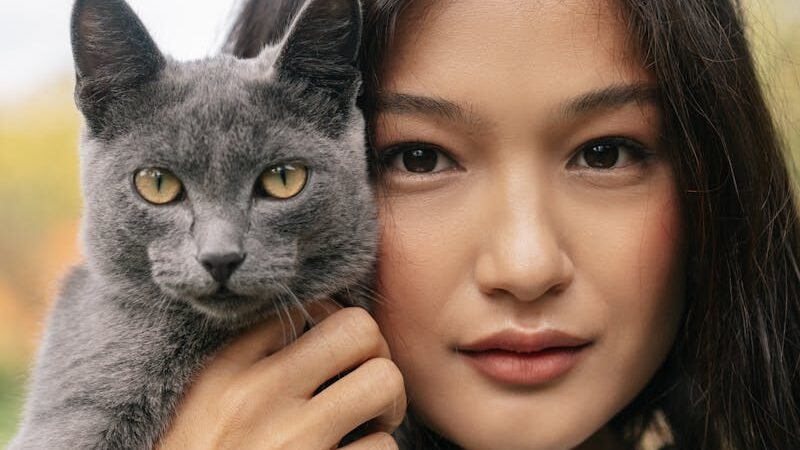
Photo by Mikhail Nilov via Pexels
Ultimately, the ability of cats to sense illness in humans highlights the profound connection they share with us. As our understanding of this relationship grows, so too does our appreciation for the intuitive ways our feline friends enrich our lives, providing not only companionship but also an unspoken form of care and support.
Conclusion: Celebrating the Mystique of Cats
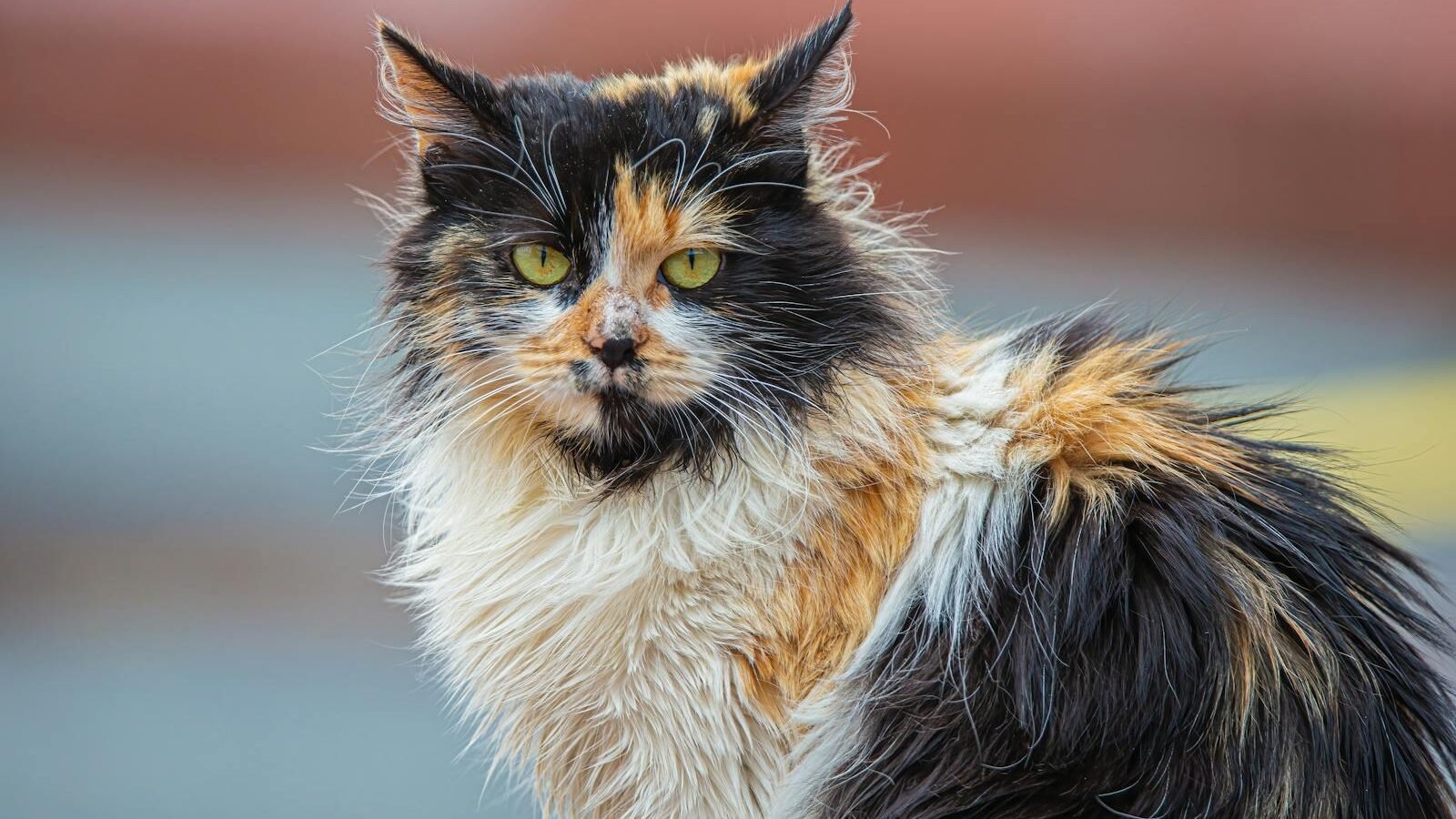
While science continues to delve into the precise mechanisms behind a cat’s ability to detect human illness, there’s no denying the enchanting bond formed with these curious creatures. Until research provides definitive answers, cat owners can continue to cherish the unique companionship and intuitive support offered by their feline friends.

With over a decade of experience as a dedicated cat lover and enthusiast, I specialize in writing captivating content about all things feline. My expertise shines through in creating engaging and informative pieces that resonate with fellow cat lovers. As a proud cat parent to my beloved Duston, my personal connection to the world of cats adds authenticity and warmth to my work, making it relatable and heartfelt.






